Napoleon's Marshals: Suchet, Ney, Soult.
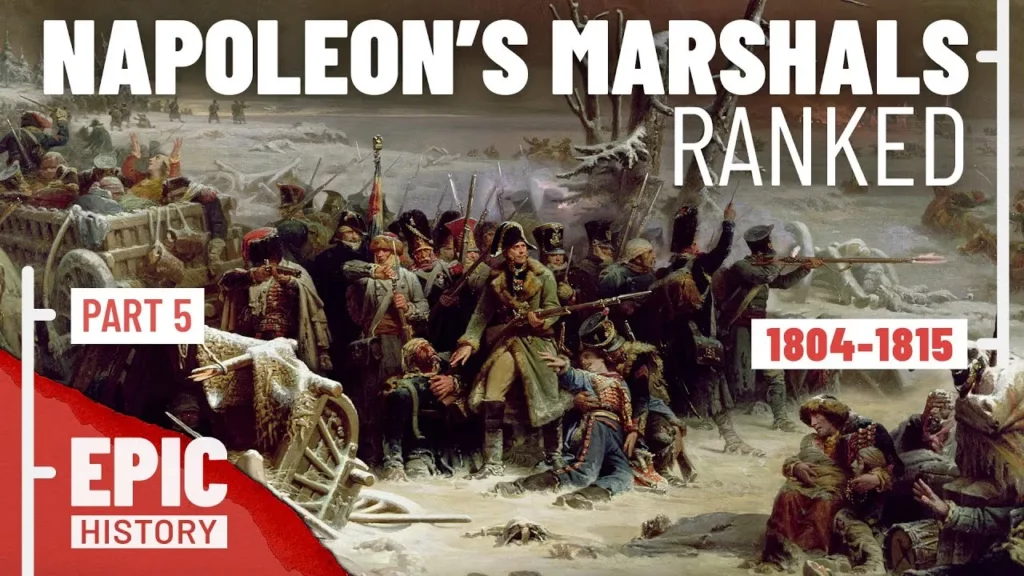
The lesson explores the significant contributions of three of Napoleon’s Marshals: Suchet, Ney, and Soult, highlighting their unique skills and achievements during the Napoleonic Wars. Suchet is recognized for his organizational abilities and humane leadership in Spain, Ney for his bravery and tactical prowess despite his reckless decisions, and Soult for his strategic acumen and effective command of large forces. Together, they exemplify the diverse talents and challenges faced by Napoleon’s military leaders, leaving a lasting impact on military history.
World War 1 – 1915
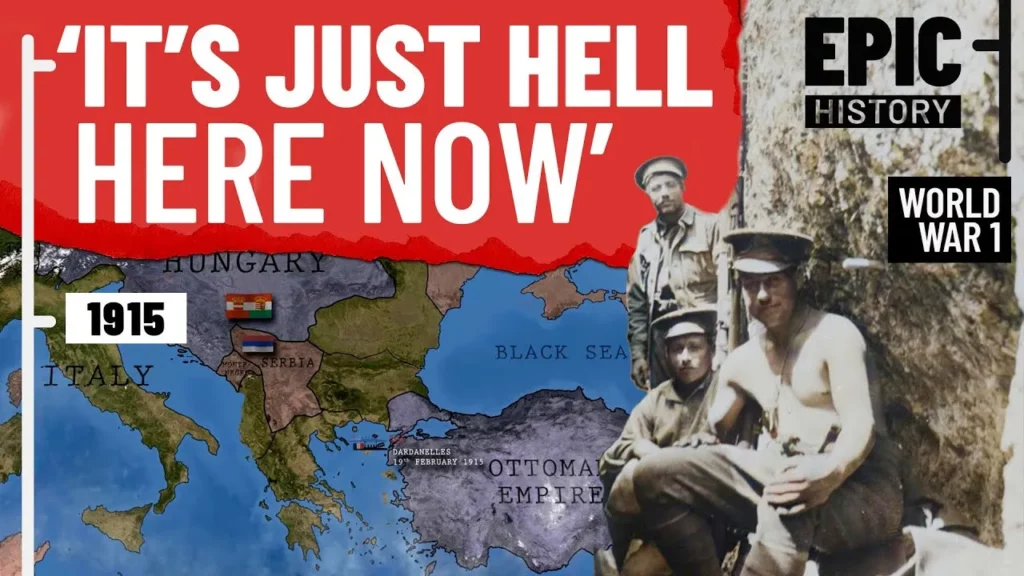
In 1915, World War I escalated into a global conflict, with significant battles occurring on both the Eastern and Western Fronts. The year was marked by trench warfare, the introduction of chemical weapons, and the Allies’ failed Gallipoli Campaign, alongside the Ottoman Empire’s tragic deportation of Armenians. Despite heavy casualties and strategic setbacks, all sides braced for larger offensives in 1916, as the war continued to evolve with new tactics and alliances.
Belisarius: Conquest of the Vandals (2/6)
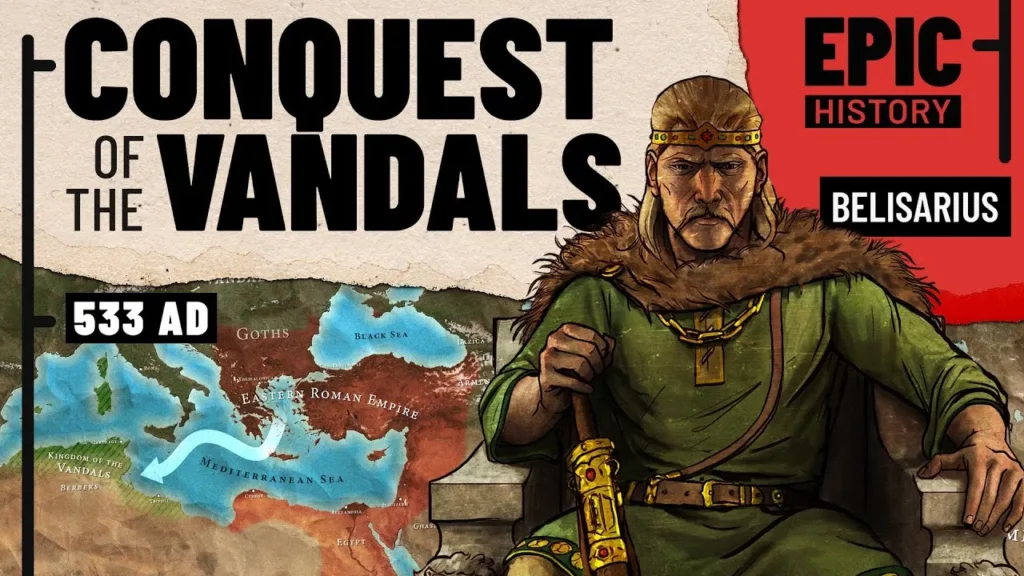
The lesson on “Belisarius: The Conquest of the Vandals” details the Eastern Roman Empire’s military campaign against the Vandal Kingdom in North Africa, led by General Flavius Belisarius under Emperor Justinian. The expedition aimed to reclaim lost territories and restore Roman authority, culminating in a decisive victory at the Battle of Triamarum, which dismantled the Vandal Kingdom and showcased Belisarius’s strategic prowess and leadership. Despite his success, the lesson also highlights the political challenges Belisarius faced upon his return to Constantinople, setting the stage for future trials.
American Presidents: Complete Timeline – 44 Presidents in 3 Minutes
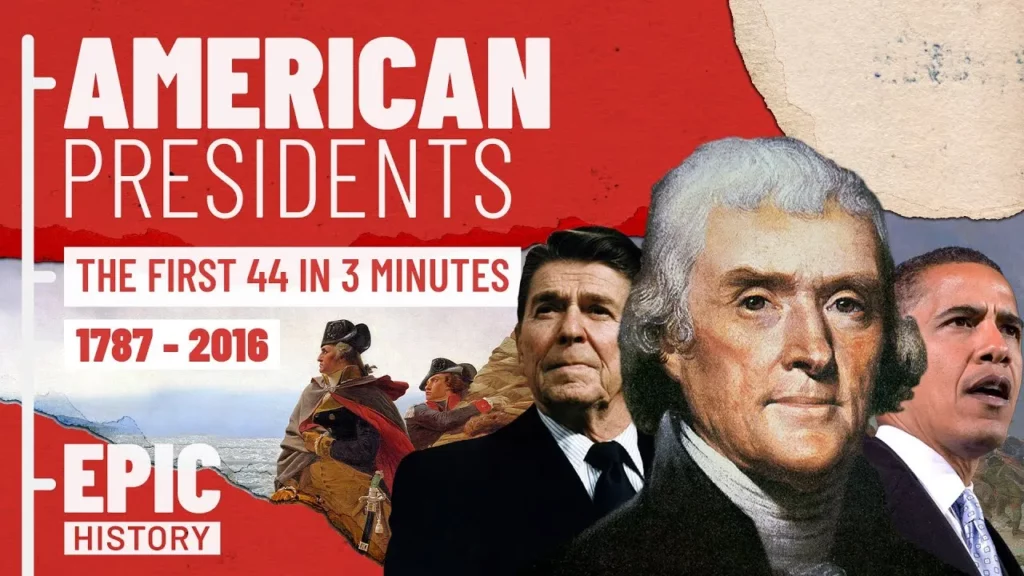
This lesson provides a concise overview of the first 44 presidents of the United States, highlighting key contributions and historical contexts of each leader. It covers early figures like George Washington and Abraham Lincoln, who shaped foundational policies and navigated significant national challenges, as well as modern presidents like Barack Obama, who addressed contemporary issues. The lesson emphasizes the evolution of American leadership and the impact of each president on the nation’s history.
Belisarius: War with the Sassanids (5/6)

The lesson on Belisarius and the war with the Sassanids highlights the challenges faced by the Eastern Roman Empire during the Persian invasion of 540 AD, including the catastrophic fall of Antioch and the limited resources available to Emperor Justinian. Despite setbacks and political intrigue, Belisarius emerged as a key military leader, successfully bluffing the Persian king into retreat and later being recalled to command in Italy amidst a crisis. The lesson underscores the complexities of warfare, leadership, and the impact of external threats on the stability of the empire.
World War 1 – 1918
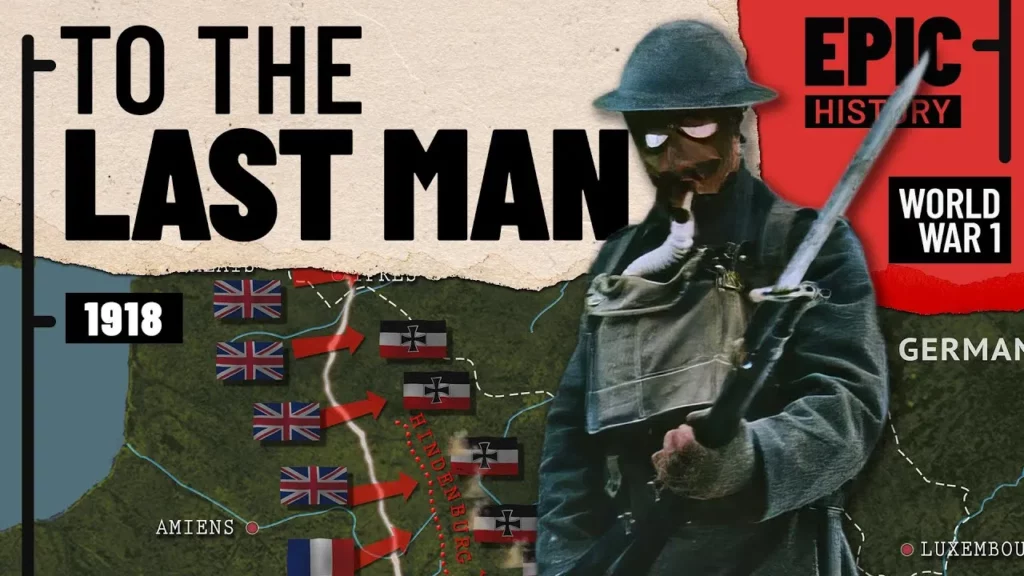
In 1918, the dynamics of World War I shifted dramatically as the Allies faced renewed challenges from Germany, bolstered by peace with Russia and a significant troop transfer to the Western Front. The entry of the United States revitalized the Allied forces, leading to key victories and ultimately forcing Germany to seek an armistice on November 11, 1918, which ended the war. The subsequent Paris Peace Conference resulted in the Treaty of Versailles, imposing harsh penalties on Germany and reshaping the political landscape of Europe.
World War 1 – 1914
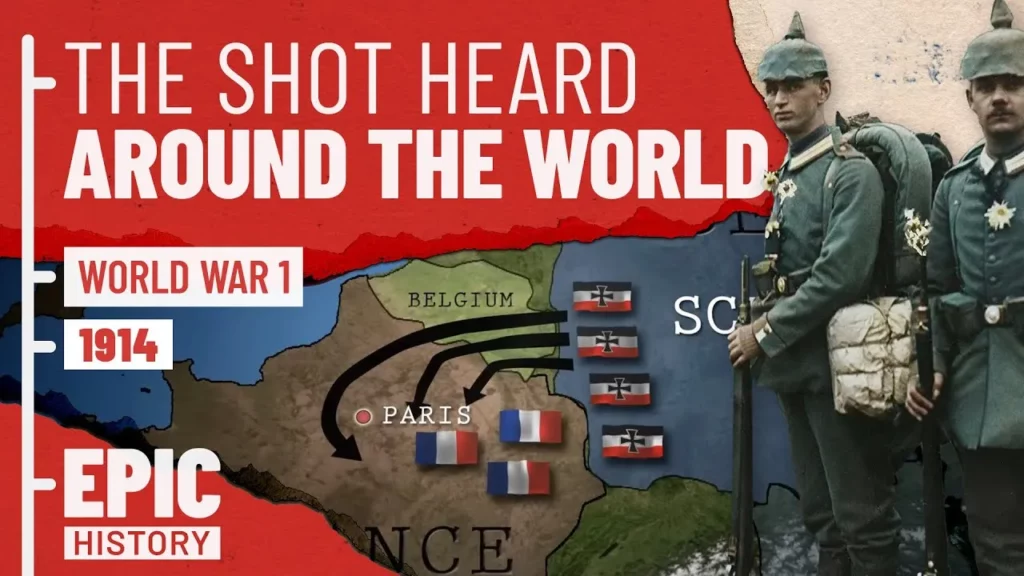
In 1914, the assassination of Archduke Franz Ferdinand sparked World War I, as Austria-Hungary declared war on Serbia, leading to a cascade of alliances being activated. The conflict quickly escalated, with Germany supporting Austria-Hungary and declaring war on Russia, while Britain entered the war after Germany invaded Belgium. The war introduced trench warfare and saw battles not only in Europe but also in Africa and the Pacific, marking a significant global conflict with profound impacts and heavy casualties.
The first plague pandemic reaches Constantinople
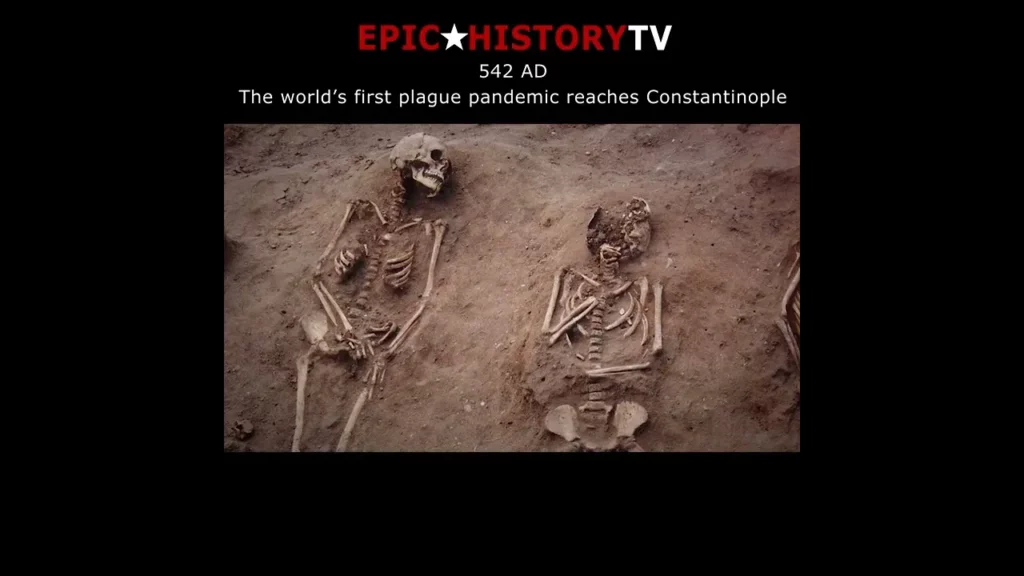
The lesson discusses the first plague pandemic that struck Constantinople, detailing the symptoms caused by the bacterium Yersinia pestis, which led to the Bubonic plague. Documented by historian Procopius, this devastating outbreak resulted in massive loss of life and significantly impacted the city and its history. By studying this event, we gain insights into disease transmission and the importance of public health measures, which remain relevant in managing modern outbreaks.
Legacy of the 1848 Revolutions

The 1848 Revolutions across Europe were driven by the aspirations for democratic governance and national unification, particularly in Germany and Italy. Key figures like Otto von Bismarck and Count Camillo di Cavour demonstrated that achieving political change required not only ideals but also decisive action, often involving military force. The legacy of these revolutions underscored the complexities of political transformation, influencing European politics for years to come.
History of Russia Part 4: 'What Is to Be Done?'
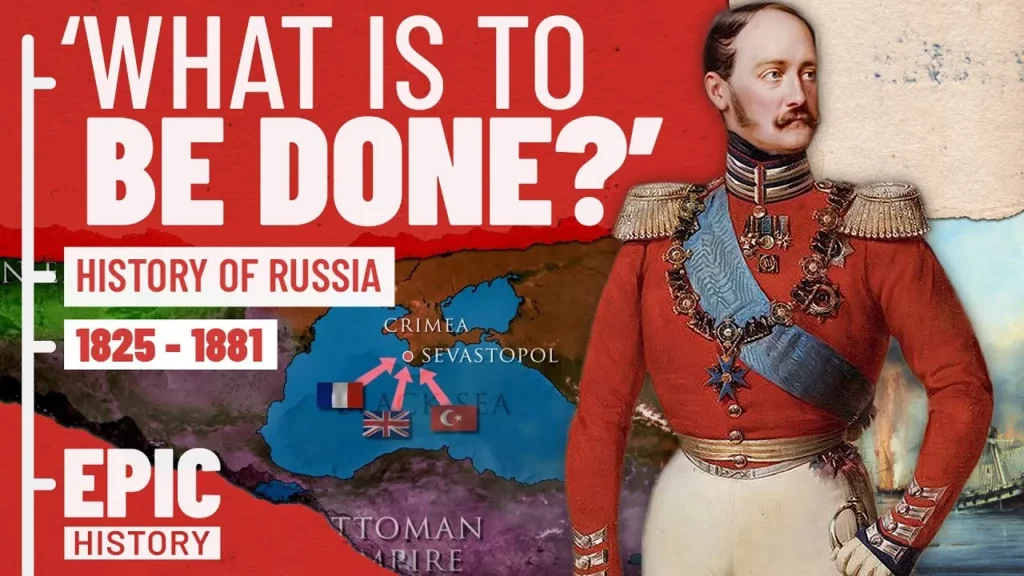
In this lesson, we explore the tumultuous history of Russia following its emergence as a world power after defeating Napoleon. The reign of Emperor Nicholas I was marked by autocratic rule, military conflicts, and the suppression of dissent, culminating in the Decembrist Revolt and the Crimean War, which exposed Russia’s weaknesses. His successor, Alexander II, initiated significant reforms, including the abolition of serfdom, but faced increasing radical opposition, ultimately leading to his assassination and a new era of repression.